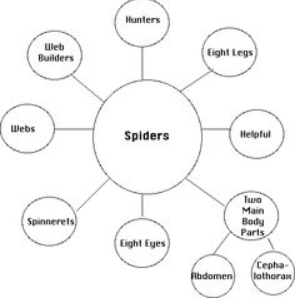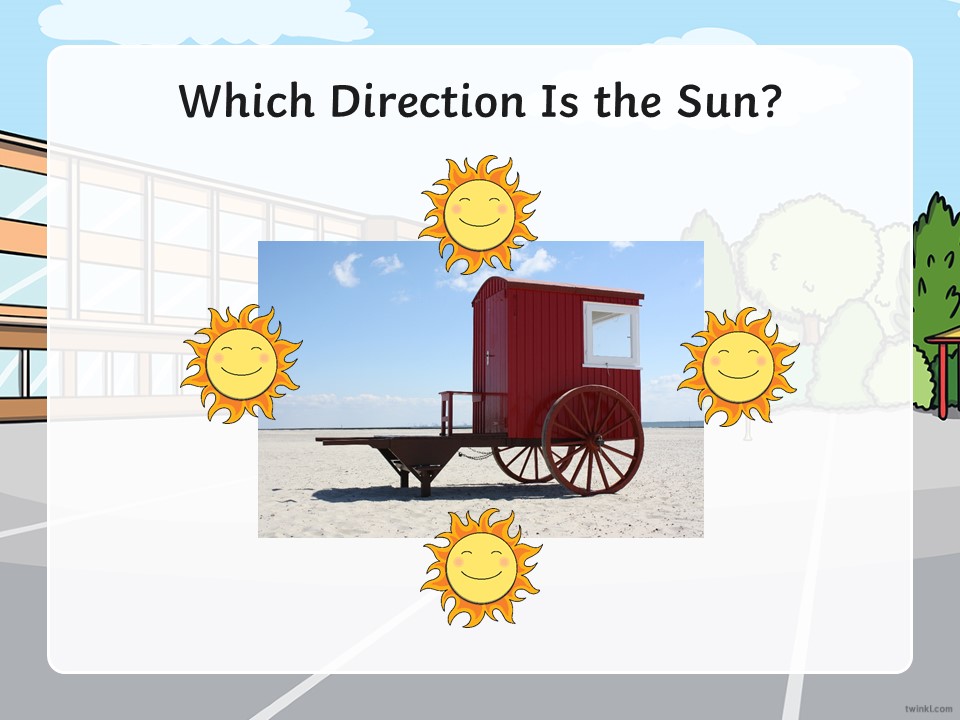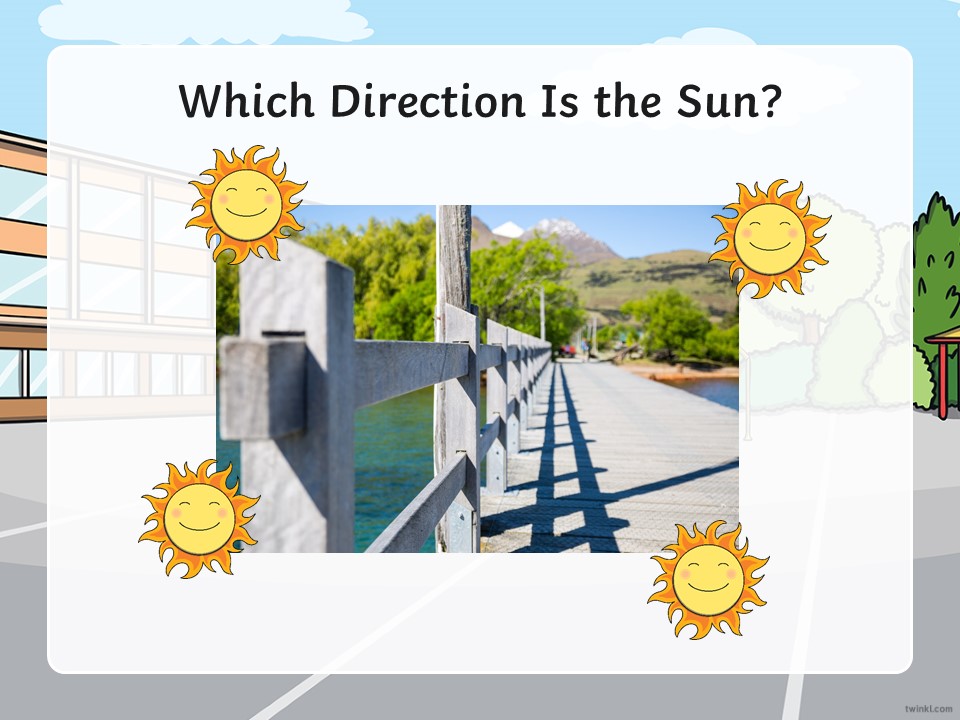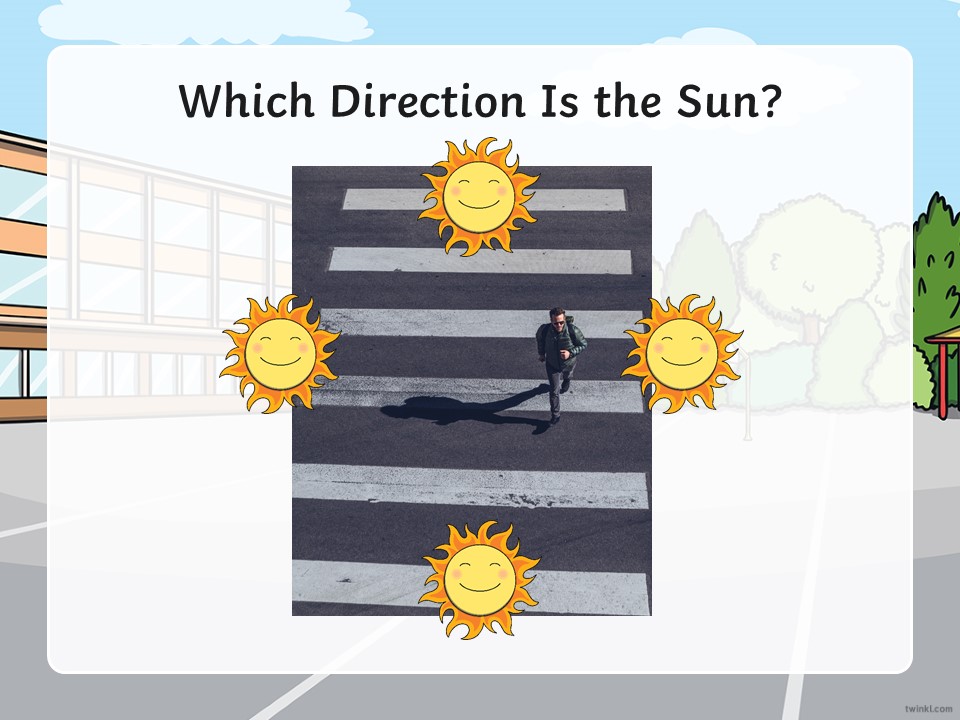Here are some suggestions for next week’s Home Learning. Again, please don’t feel under pressure to complete all the work we set or feel pressured by what other people are doing. Some of you will have more time than others and some will be learning in different ways.
Keep going – you’re all still doing an amazing job.
l.thorn@wransom.herts.sch.uk
s.kholodenko@wransom.herts.sch.uk
a.morris@wransom.herts.sch.uk
Maths – Turns and Position
Please work through at your child’s own pace. Start with the first task, and as your child becomes confident with that, then move on to the next one.
For extra practise or to consolidate their learning, there are videos and worksheets to download and work through for each step and some extension questions at the end.
- Before we start on Turns and Position, here’s a Flashback Powerpoint, with a series of quick questions covering topics we have learnt so far. Remember to view it in slideshow mode so you don’t see all the answers!
- There’s also some tasks on MyMaths if you want some extra practise.
Turns
- Ask an adult to give you instructions to turn, using the language ‘quarter turn’, ‘half turn’, ‘three quarters turn’ and ‘full turn’. Then swap over.
- Now swap over and give them instructions. Remember to use the correct language.
- Find an object and draw it. Turn it a quarter turn and draw it again. Label your drawing.
Repeat this turning the object a half turn, then a three quarters turn, then a full turn. Each time draw and label your object with the turn. - Now complete the White Rose sheet below.
- If you need extra practise, complete the Classroom Secrets sheets below.
- Here’s a fun dance to help you remember your turns:
https://www.bbc.co.uk/teach/supermovers/ks1-maths-position-&-direction/zhh9scw
Directions
- Ask an adult to give you instructions to move from one place to another, using the language ‘left’, ‘right’, ‘forwards’ and ‘backwards’ to describe position and direction. Then swap over.
- Now complete the White Rose sheet below.
- Choose somewhere to sit and describe your position by completing these sentences:
____________________ is in front of me.
____________________ is behind me.
____________________ is to the left of me.
____________________ is to the right of me. - Now look at the room more closely and complete these sentences:
The _______ is above the _______ .
The _______ is below the _______ .
___________ is in between _________ and _______ . - Drawing/instruction challenge!
With an adult or sibling, take a piece of paper each and sit back to back. One of you gives instructions while you both draw, without looking at each other’s paper. E.G. Draw a circle in the middle of the sheet. Draw a triangle on the left of the circle.
When finished compare your drawings. Do they match? - For extra practise complete the Classroom Secrets sheets below.
- Now challenge yourself to answer these extension questions. Remember to explain your answer.
English – Phonics
Group 1: This week’s sound is the split diagraph ‘i-e’ as in slide.
Activities:
- Practise writing these words with the ‘i-e’ sound: five, mine, smile, ride, like, fire. Perhaps have a go at drawing a picture for the words and label them.
- Play Buried Treasure on www.phonicsplay.co.uk. Click on the link for free phonics play, parents, phase 5, buried treasure and then on our sound of the week.
- What other ways are there of spelling the ‘i-e’ sound? (igh, ie, y) Write all the options along the top of a page and see how many words you can come up with for each spelling.
- Choose a word with the ‘i-e’ sound and spelling and write a sentence with that word in it.
Group 2: This week’s sound is ‘ay’ as in lay.
Activities
- Practise writing these words with the ‘ay’ sound: lay, stay, may play, tray, away, day
- Play Buried Treasure on www.phonicsplay.co.uk. Click on the link for free phonics play, parents, phase 5, buried treasure and then on our sound of the week.
- Choose a word with the ‘ay’ sound and write a sentence with that word in it.
- Practise writing the following capital letters and lower case letters: Gg, Hh, Ii, Jj, Kk, Ll, Mm
English – Birds
This week’s learning is on the theme of birds. Here are some activities you might like to complete.
Activity 1: Spider diagram on the theme of Birds
Do you have an information book at home? Have a look through it and remind yourself of all the features of an information book. If you don’t have one perhaps see if you can one find one online that shows you some of the pages. This activity is to draw a spider diagram of all the features of an information book. A spider diagram is an easy way to record and display ideas and information in a visual way. You put the topic or theme in the middle in a box or circle (ours will be information books) and then draw lines from the centre to the information you write around it. Below is an example of one about spiders:

Activity 2: Research a bird of your choice.
Research a bird of your choice. Record the information in notes as you do. You could even record your notes and research in a spider diagram! What do you think might be good things to find out about the bird of your choice? You might want to find out where your bird lives – what kind of habitat does it live in? What does it eat? How big is it – what is its wingspan? You will use the information you find out today for another activity!
Activity 3: Make a factsheet about your bird.
Your factsheet will have some of the features of an information book – title, headings, a picture or photo, factual language, etc. Remember that your picture should be true to life and should have labels. We can’t wait to see which birds you all choose!
Activity 4: Write anything about anything!
https://www.youtube.com/watch?v=RgukaoSFU2I&feature=share&fbclid=IwAR36C8Z75BiJJCxbEQy42Qf72KAu3pQy4mFpsHch7yVPKIg-OyJ0a7MpYKE
Science – Shadows
This week we are going to look at shadows, but first we need to know about the sun.
Why is the Sun in the sky at some times and not at other times?
In the day time half of the Earth faces the sun. The other half of the Earth faces away from the Sun. It receives no light. It is dark and this is night time.
Watch this clip to learn more:
https://www.bbc.co.uk/bitesize/clips/zkh6n39
What is a shadow?
A shadow is formed when an object does not allow the light to pass through it.
Light always travels in a straight line.
Shadows are made when there is an object blocking the light from hitting the surface.
The object needs to be a solid object. If it is clear then the sun will pass through it, whereas a solid object will block it. This means that the shadow will always be on the opposite side of an object to the sun or light.
Activity 1: Look at these images. Which direction is the sun?
Activity 2: Track a shadow in your garden.
On a sunny day put a tall object on a piece of paper (or on paving to draw on with chalk) in a sunny spot first thing in the morning. Draw the shadow of the object every hour to see what happens to the shadow.
Why does the sun seem to move across the sky?
The Sun does not move. It seems to move across the sky starting in the east in the morning, moving toward the south at noon, and then toward the west as the day ends. We know our shadow is the shortest when the sun is at the highest point in the sky. It is the Earth spinning on its axis that makes it seem as though the Sun is moving.
https://www.bbc.co.uk/bitesize/clips/z6fnvcw
Now watch this clip again – can you spot the moving shadow?
Art – Shadows
This week we would like you to have some fun in the sun and create some shadow art.
You will need to make sure you pick a time during the day when the sun is out and casting shadows. There are lots of really creative ideas for making shadow art but here are two suggestions. Please feel free to pick just one of them or if you’re feeling really inspired try them both! We’d love to see your finished masterpieces!
ONE – Ask your child to pick some of their favourite toys – a dinosaur, a superhero, a teddy or a Lego model. Put a piece of white paper on the ground behind each toy. Ask your child to trace the shadow around their toy before the sun moves! Once they’ve done this they can colour it in or leave it as it is!
An alternative to this is to draw with chalk (if you have some) onto the pavement. You could then chalk/colour in the shape. You could even draw around a member of your family’s shadow!

TWO – Create shadow puppets and put on a show!
On card (cereal boxes work well if you don’t have card) draw some characters/animals/people. You could draw characters for a story such as a witch, a princess and a frog. Colour the characters in black, cut them out and attach a lollipop stick, a straw, a wooden skewer or even a pencil to the back so you can hold it up. Now you’ll need a wall that has the sun shining on it or you could stick some white paper between two chairs to create a screen. Can you use your shadow puppets to create a show?
Twinkl have templates that you can print, cut out and use if you prefer.
https://www.twinkl.com/resource/t-t-6821-shadow-puppet-templates

Geography – Holiday Poster
For Geography we would like you to continue with your holiday poster from last week.
We want you to create a poster all about a holiday you have been on. It may have been a holiday in this country or much further away.
History – Comparing aeroplanes
Look at these two aeroplanes. How are they different? How are they the same?
How many wings do they have? How fast can they fly? How high can they fly? What are they made of? How many passengers can they hold? When were they made? How are they powered?




